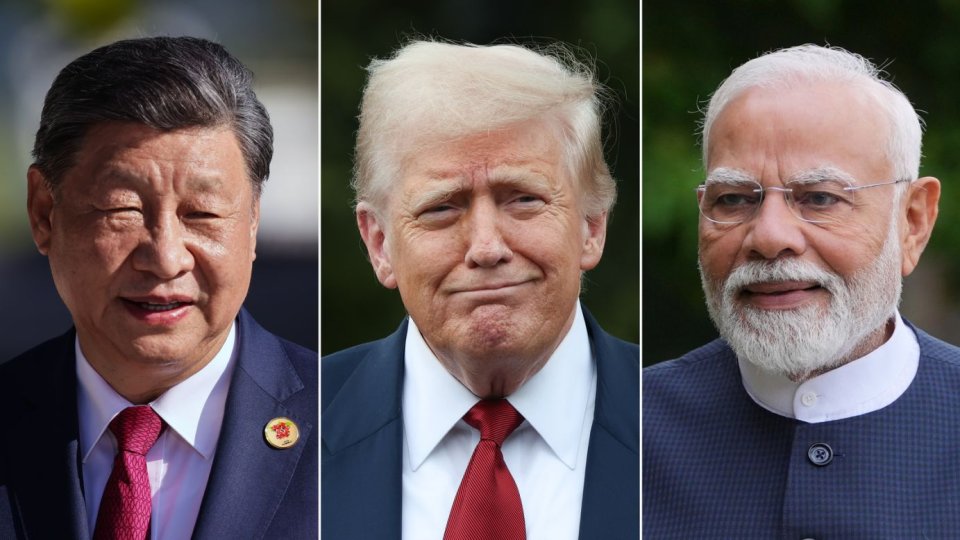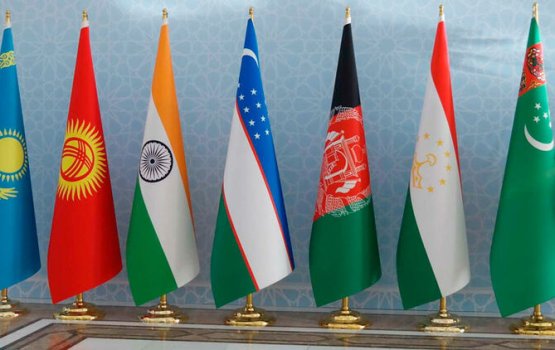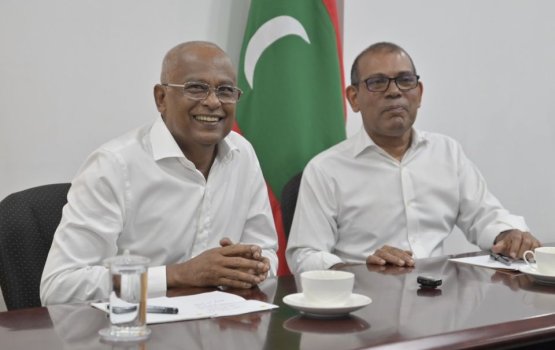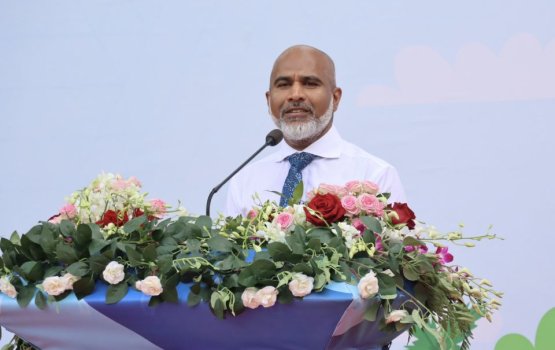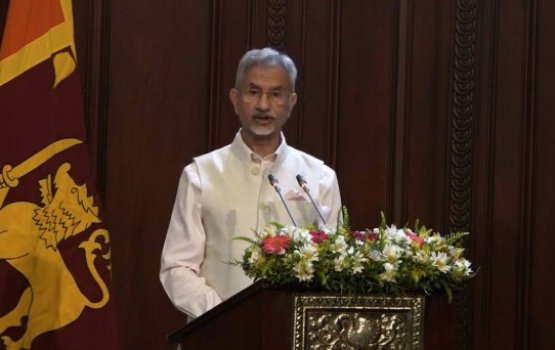New Delhi/Beijing, August 14 — India and China are moving to repair economic ties that had been severely strained following the 2020 border clash in Ladakh, signaling a potential shift in Prime Minister Narendra Modi’s strategic posture as tensions with the United States escalate under President Donald Trump’s trade policies.
Sources familiar with the discussions say direct commercial flights between India and China could resume as early as next month, with a formal announcement likely during Prime Minister Modi’s expected visit to China for the Shanghai Cooperation Organisation (SCO) summit in Tianjin on August 31–September 1. The visit would mark Modi's first trip to China in seven years and a rare meeting with President Xi Jinping since the deadly Himalayan clashes that killed 20 Indian soldiers.
Flights between the two countries were suspended during the COVID-19 pandemic, a period that also coincided with a deep diplomatic freeze due to the border standoff. However, the recalibration in ties comes amid a growing rift between New Delhi and Washington, driven largely by President Trump’s recent decision to impose a 50% tariff on Indian exports, including a 25% penalty for India’s continued purchase of Russian oil and weapons.
Trump’s public criticism of India’s economic policies — calling its tariff barriers “obnoxious” and its economy “dead” — has sharply contrasted with the earlier warmth between the two leaders. Modi had been one of the first world leaders to visit Trump following his return to office and had previously praised the U.S.-India relationship.
The diplomatic fallout has prompted India to look east — toward its BRICS partners, particularly China and Russia, with whom it shares strategic and economic interests. Henry Wang, President of the Center for China and Globalization in Beijing, described the current trend as an "up cycle" in India-China relations. "As leaders of the Global South, they have to speak to each other," he said, adding that Trump's tariff war had reinforced India's desire for strategic autonomy.
Signs of a thaw are evident on multiple fronts. China has recently lifted restrictions on urea exports to India, the world’s largest importer of the fertilizer — a move that could ease global shortages and lower prices. Meanwhile, India’s Adani Group is reportedly exploring a joint venture with Chinese electric vehicle giant BYD Co., aimed at manufacturing EV batteries domestically, bolstering India’s clean energy ambitions.
Additionally, the Modi government has relaxed tourist visa restrictions for Chinese nationals, further suggesting a deliberate effort to rebuild bilateral engagement. China remains India’s second-largest trading partner after the U.S., supplying critical components for India’s industrial and tech sectors.
Still, strategic distrust lingers. Tensions resurfaced recently amid reports that China had supplied arms and intelligence to Pakistan during a military standoff with India. The broader history of rivalry and geopolitical competition between the two Asian powers means that any rapprochement will be cautious and incremental.
Compounding the situation, Trump’s frustration with New Delhi stems partly from India’s rejection of his claims to have mediated peace with Pakistan. According to Indian officials, Modi directly disputed Trump’s assertions during a phone call in June, which allegedly triggered a shift in Washington’s tone.
In contrast, India is expanding ties with other BRICS nations. In August, Modi extended an invitation to Russian President Vladimir Putin to visit India, reinforcing New Delhi’s defiance of Western pressure over its continued import of discounted Russian oil. New economic agreements with Moscow were signed this month to deepen cooperation.
Modi is also strengthening trade relations with Brazil, meeting President Luiz Inácio Lula da Silva in Brasilia in July and later holding talks to expand India’s trade pact with Mercosur, South America’s customs union.
The shifting alliances reflect the challenges facing India’s long-standing balancing act between East and West. While the U.S. has long sought to position India as a counterweight to China, Trump’s escalating trade war appears to have nudged New Delhi and Beijing toward pragmatic cooperation, if not full alignment.
In a recent post on social media platform X, Chinese Ambassador to India Xu Feihong offered rare public support to Modi. Quoting Foreign Minister Wang Yi, he wrote: “Give the bully an inch, he will take a mile,” in reference to Trump’s use of tariffs as a tool of coercion. (Source: Bloomberg)

